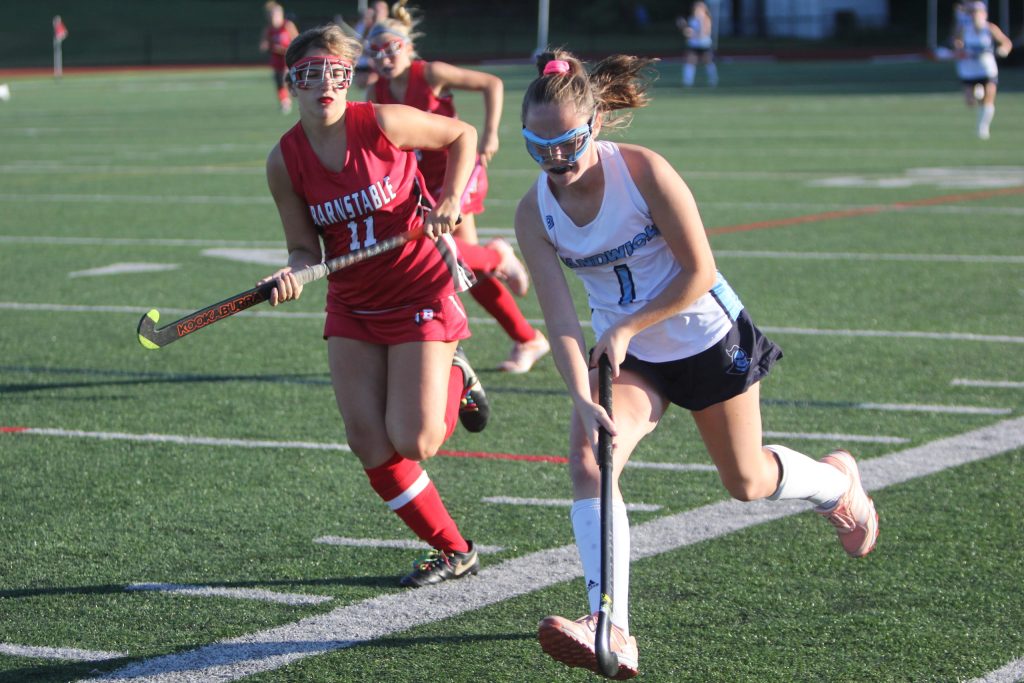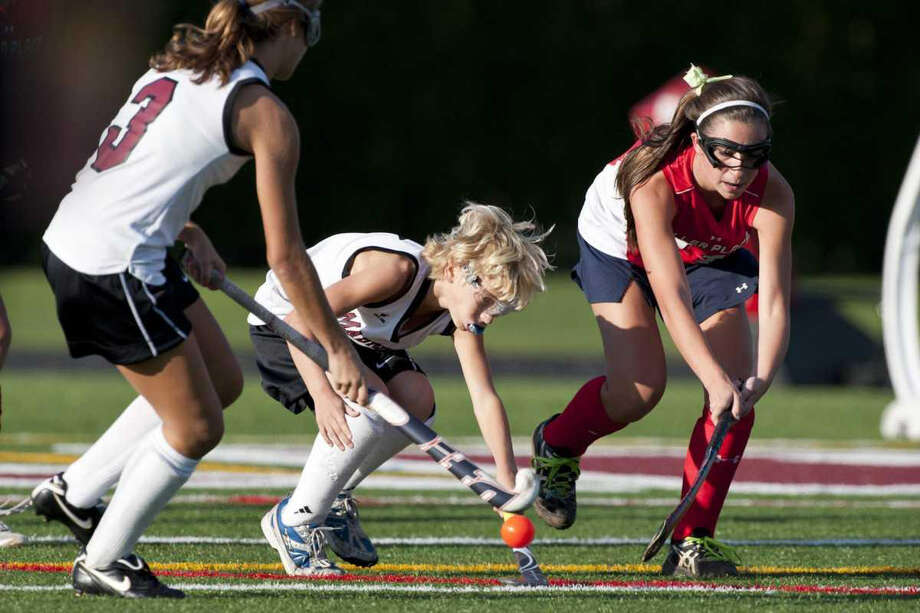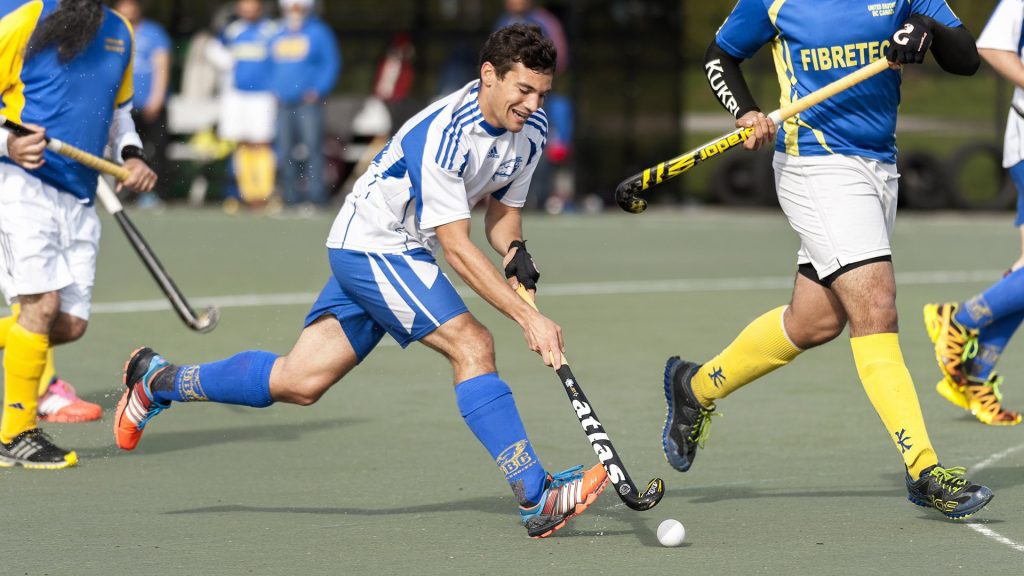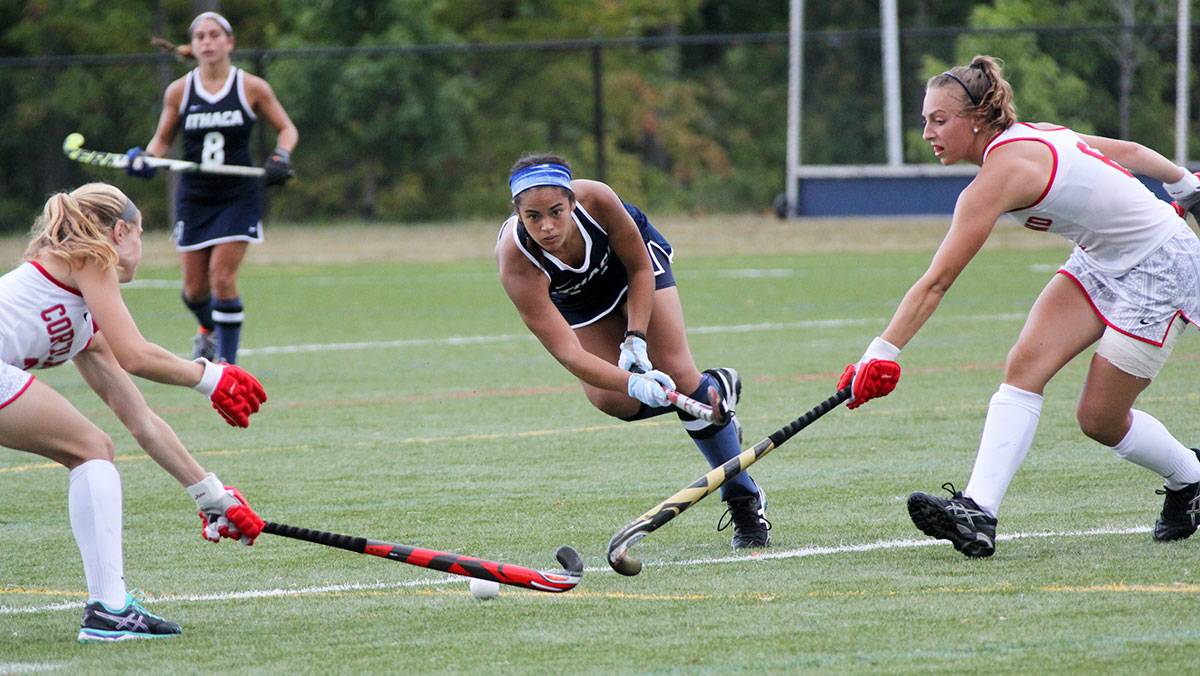Introduction
Field hockey is a globally popular sport, with its roots tracing back thousands of years. While many associate the game with women’s teams in some regions, particularly in North America, the reality is that field hockey is an inclusive sport played by both boys and girls worldwide. This piece will examine the notion of boys playing field hockey, discussing the sport’s history, gender perceptions, and barriers while highlighting the benefits and growing acceptance of boys in the sport.
The History Of Field Hockey And Gender Roles
To understand the modern-day discussion around whether boys can play hockey, it is essential to examine the history of the sport. Field hockey, in its various forms, dates back to ancient civilizations. Evidence suggests that versions of the game were played in ancient Egypt, Greece, and even by the Romans. The modern version of hockey, however, is often credited to English public schools in the 19th century.

Interestingly, field hockey in its early organized forms was primarily a men’s sport, with the first official rules being codified for male teams. Over time, the game expanded, and women’s teams began to form. In many countries, field hockey became a co-ed sport. However, the gendered perceptions of hockey vary by region. In countries like the Netherlands, India, Australia, and Germany, men’s field hockey is as prominent as women’s, with both genders excelling at the professional and amateur levels. In contrast, field hockey in the United States and Canada has been predominantly associated with women, especially at the high school and collegiate levels; boys play hockey in these regions.
Breaking Down Gender Stereotypes In Sports
One of the main barriers boys face in playing field hockey, particularly in regions where it is regarded as a women’s sport, is the persistence of gender stereotypes. Many people believe that some sports are more suitable for one gender than another, despite there being no evidence to support such claims. These stereotypes can often discourage boys from pursuing field hockey due to the fear of being ridiculed or excluded.
For many boys, societal expectations play a significant role in their choice of sport. While girls are often encouraged to branch out into traditionally male-dominated sports, boys can still face resistance when wanting to participate in sports like field hockey. The idea that field hockey is a “girls’ sport” may stem from its prominence in women’s athletics, especially in North America. In reality, field hockey is a physically demanding and competitive game that requires strength, agility, and endurance — qualities that are not exclusive to one gender.
In countries where hockey is popular among both men and women, these stereotypes are less pronounced. For instance, in Europe, it is not uncommon to see boys and men participating in hockey leagues, playing the game at high levels of intensity and competition. Addressing these stereotypes is key to opening up more opportunities for boys to play the sport without the fear of judgment.
Field Hockey Around The World: A Global Perspective
Globally, field hockey is a sport enjoyed by both men and women, and in many countries, the men’s game is equally as competitive and prominent as the women’s. For example, in India and Pakistan, men’s field hockey has historically been a national passion. The men’s teams from these countries have achieved great success, winning numerous Olympic gold medals and World Cup titles. In Europe, countries such as the Netherlands, Belgium, and Germany boast strong men’s hockey leagues, and international tournaments like the FIH Men’s Hockey World Cup showcase the high level of skill present in the men’s game.

In Australia, men’s field hockey is highly competitive, and the national team, known as the Kookaburras, is one of the most successful teams in the world. Boys growing up in these countries have a clear path into the sport, with youth leagues and school programs fostering their interest and talent from an early age. The contrast in how hockey is perceived across different regions demonstrates that the sport’s association with one gender over another is often a cultural phenomenon rather than a reflection of the sport itself.
In countries where men’s field hockey is prominent, boys are encouraged to play the sport, and there is no question of whether they “can” participate. Societal perceptions or stereotypes do not hinder them but rather benefit from systems that support their involvement in the game. This global perspective reveals that field hockey is, and has always been, a sport for everyone.
Field Hockey In North America: The Women’s Game Dominates
In North America, particularly in the United States and Canada, field hockey has evolved somewhat differently. The sport is widely recognized as a women’s game, particularly in high schools and colleges. Most schools have girls’ field hockey teams, but few offer the sport to boys. This discrepancy can be traced back to the late 19th and early 20th centuries when field hockey began to be promoted in women’s schools as a physical activity that aligned with contemporary ideas about femininity and physical fitness.
Over time, hockey grew in popularity, particularly among women, and it became institutionalized within women’s athletic programs. Today, hockey is one of the most popular sports for women in the NCAA, and the United States women’s national team has earned recognition on the global stage. However, this success has not been mirrored in the men’s game, which remains underdeveloped in the U.S. and Canada compared to other sports.
Because of this gendered association, boys who are interested in playing field hockey in North America often struggle to find opportunities. Many schools do not offer boys’ hockey teams, and even recreational leagues are scarce. This lack of access can make it difficult for boys to get involved in the sport unless they are exceptionally motivated to seek out alternatives, such as co-ed teams or joining clubs traditionally designed for women’s teams.
The Growing Acceptance Of Boys In Field Hockey
While there are barriers, times are changing, and boys are increasingly finding opportunities to play hockey in North America. Co-ed leagues are becoming more common, especially in recreational settings, where boys and girls play together without the pressure of gender expectations. Some high schools have also begun to offer boys’ field hockey teams, or at least allow boys to play on the girls’ teams when there are no alternatives. This inclusive approach is slowly breaking down the gender barriers that have long existed in the sport.
Colleges and universities have also started to take notice of boys’ interest in the sport. While men’s collegiate hockey is still rare in North America, the sport is gaining visibility, and more boys are playing at the club level. Additionally, national and regional hockey organizations are working to promote the sport among boys and men, recognizing that field hockey’s growth will depend on being more inclusive.
The international hockey community has also made efforts to encourage boys’ participation, hosting clinics and training camps designed to attract young male athletes. These initiatives are crucial for developing the next generation of players and ensuring that field hockey continues to thrive as a co-ed sport.
Benefits Of Boys Playing Field Hockey
There are numerous physical and mental benefits for boys who decide to take up hockey. Field hockey is a high-intensity sport that requires players to develop a range of skills, from speed and agility to hand-eye coordination and teamwork. It also provides a great cardiovascular workout, making it excellent for overall fitness.
Mentally, hockey fosters strategic thinking and quick decision-making. The fast-paced nature of the game means that players must constantly be aware of their surroundings and anticipate the actions of their opponents and teammates. This sharpens cognitive skills, making it a mentally stimulating sport.
For boys, hockey can also be a chance to develop resilience and confidence, particularly if they are breaking away from traditional gender expectations. Overcoming the societal challenges of playing a “girls’ sport” can instill a sense of pride and achievement, as well as a deeper understanding of gender equality in sports. Boys who play hockey often become advocates for inclusivity in athletics, paving the way for future generations.

Overcoming The Challenges: Promoting Boys’ Field Hockey
Despite the growing acceptance of boys in hockey, there are still significant challenges to be addressed. One of the most pressing issues is access. Many schools and recreational leagues do not offer boys’ field hockey, which limits the opportunities for boys who want to participate. Addressing this will require a concerted effort from schools, parents, and field hockey organizations to provide more opportunities for boys to play the game.
Another challenge is the lingering stigma surrounding boys who play hockey. While progress is being made, there is still a perception in some regions that hockey is a sport for girls. Overcoming this will require changing societal attitudes about gender and sports, which can be achieved through education, visibility, and inclusivity. Promoting boys’ hockey teams, showcasing male players in media, and offering co-ed opportunities can all help to shift these perceptions.
Field hockey organizations can also play a crucial role in promoting the sport to boys by offering youth programs, clinics, and tournaments that specifically target boys’ involvement. By creating more pathways for boys to enter the sport, field hockey can become a more inclusive and diverse athletic opportunity.
Conclusion
The question of whether boys can play field hockey is not only about physical capability but also about challenging cultural norms and stereotypes. Field hockey is a sport for everyone, regardless of gender. Boys around the world already play the game at the highest levels. With growing opportunities and acceptance in regions like North America, more boys are starting to participate in the sport.
To ensure that field hockey continues to grow and thrive, it is important to promote inclusivity and encourage boys to play the game. By breaking down barriers, challenging stereotypes, and providing opportunities for boys to get involved, field hockey can continue to be a sport that is accessible and enjoyed by all. As more boys discover the joys and benefits of playing field hockey, the sport will only continue to flourish as a truly co-ed activity.

